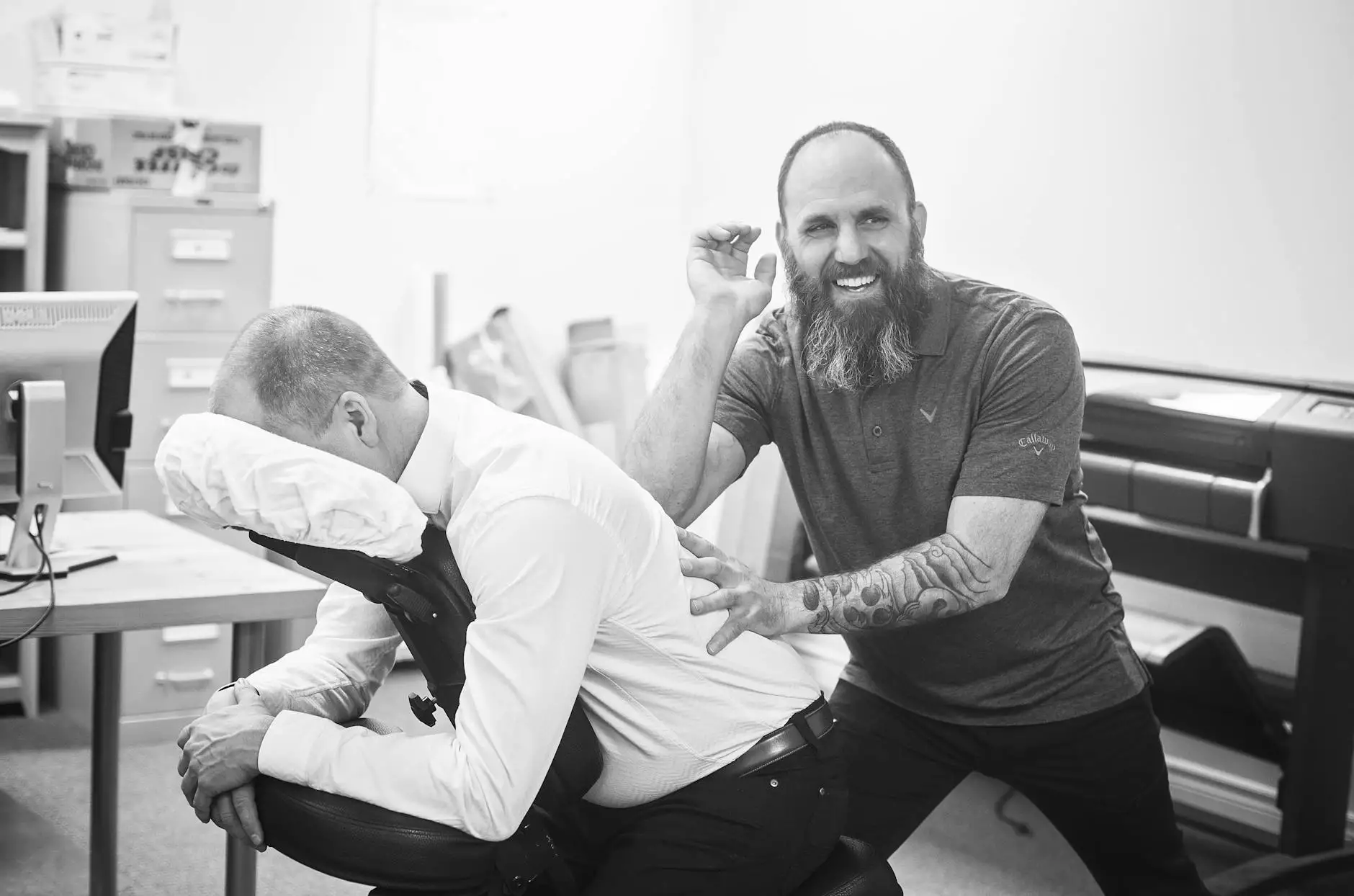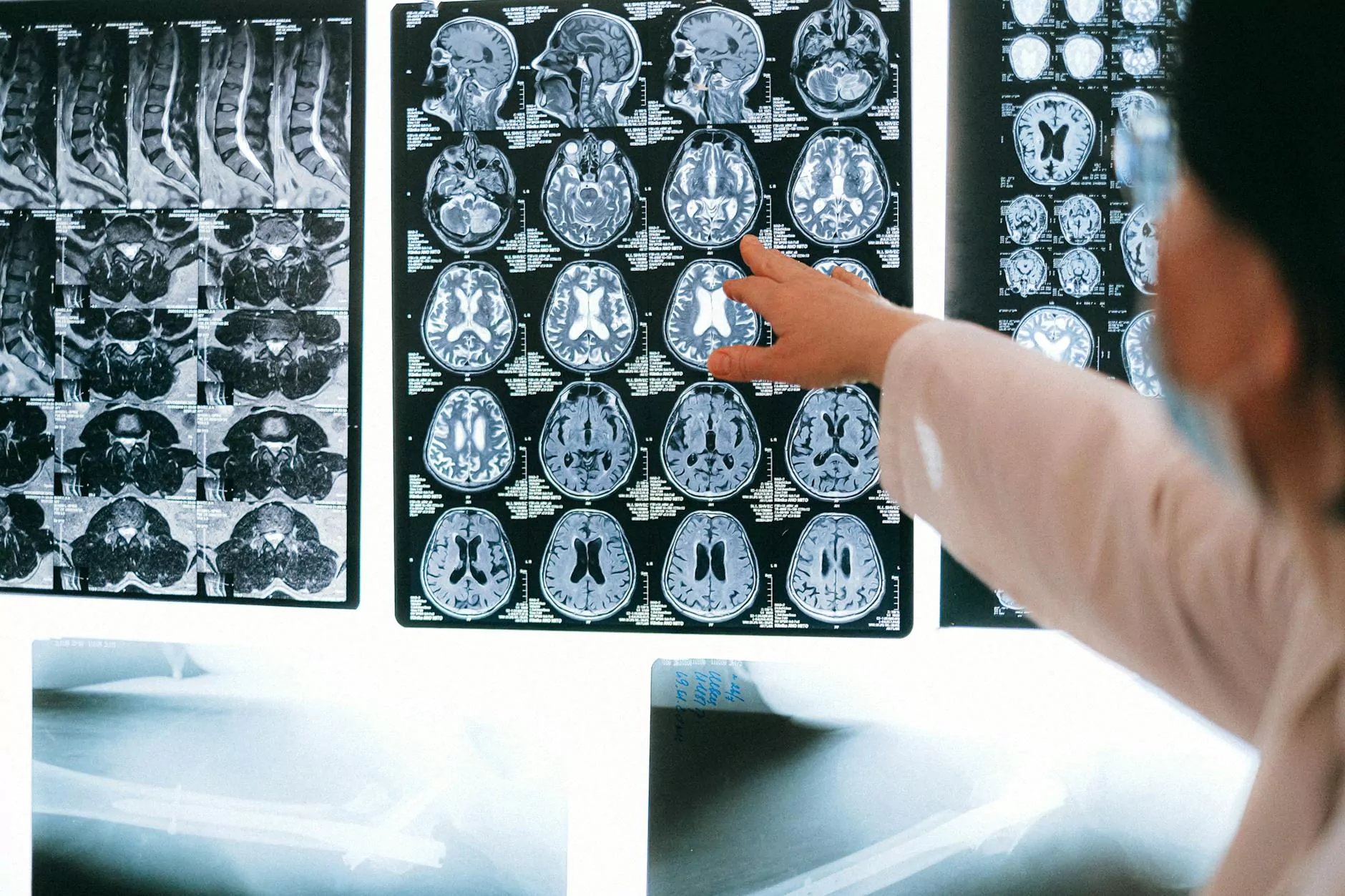Vertical Expandable Prosthetic Titanium Rib (VEPTR) Surgery and Home Care

Introduction
Welcome to Foley James D MD's comprehensive guide on the Vertical Expandable Prosthetic Titanium Rib (VEPTR) surgery and home care. Here, we will provide detailed information about the procedure, its benefits, the recovery process, and long-term care. Our goal is to educate and empower patients with the knowledge they need to make informed decisions about their health.
What is Vertical Expandable Prosthetic Titanium Rib (VEPTR) Surgery?
Vertical Expandable Prosthetic Titanium Rib (VEPTR) surgery is a specialized procedure used to treat certain congenital chest wall and spinal deformities, typically seen in children. It involves the implantation of a prosthetic device made from titanium ribs that are expandable and adjustable, allowing for growth and development while providing stability and support.
Benefits of VEPTR Surgery
VEPTR surgery offers several benefits for patients, including:
- Promoting chest wall and spinal growth
- Improving lung function and breathing
- Correcting spinal curvature
- Preventing further deformity progression
- Enhancing overall quality of life
Recovery Process
After undergoing VEPTR surgery, a comprehensive recovery plan is essential to ensure optimal healing and long-term success. The recovery process may involve:
- Post-operative care instructions provided by a medical professional
- Pain management
- Physical therapy and exercises to promote mobility and strength
- Regular follow-up appointments with your healthcare team to monitor progress
- Educational resources for patients and their families, such as support groups and counseling services
Home Care
Proper home care is crucial to the success of VEPTR surgery. Here are some tips to follow:
1. Incision Care
Keep the surgical incision site clean and dry. Follow your healthcare team's instructions regarding dressing changes and wound care. Look out for signs of infection, such as redness, swelling, or discharge, and contact your doctor immediately if you notice any unusual symptoms.
2. Pain Management
Manage post-surgical pain as prescribed by your healthcare provider. Follow the recommended dosage and schedule for pain medications. If you experience severe or persistent pain, consult your doctor.
3. Physical Activity and Restrictions
Follow your healthcare team's guidance on physical activity and restrictions during the recovery phase. Avoid activities or movements that may strain the surgical site or impede the healing process. Engage in gentle exercises as recommended by your physical therapist to promote mobility and strength.
4. Nutrition and Hydration
Eat a well-balanced diet rich in essential nutrients to support healing and promote overall health. Stay hydrated by drinking an adequate amount of water each day.
5. Emotional Support
Undergoing any surgical procedure can be emotionally challenging, especially for children and their families. Seek emotional support through counseling services or support groups to cope with the emotional impact of the surgery and recovery process.
Long-term Care and Follow-up
VEPTR surgery requires long-term care and regular follow-up with your healthcare team. This may include:
- Annual or semi-annual check-ups to monitor the progress of the implanted device
- Periodic adjustments or replacements of the VEPTR device to accommodate growth
- Monitoring lung function and addressing any respiratory issues
- Collaborating with a multidisciplinary team of specialists, including orthopedic surgeons, pulmonologists, and physical therapists
Conclusion
In conclusion, Foley James D MD aims to provide comprehensive patient education on Vertical Expandable Prosthetic Titanium Rib (VEPTR) surgery and home care. We understand the importance of empowering patients with knowledge and ensuring their well-being throughout the entire process. If you're considering VEPTR surgery or have any questions, please don't hesitate to reach out to our expert team.









